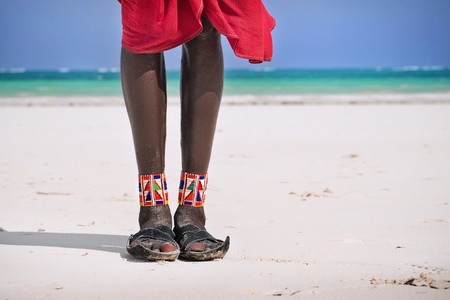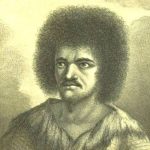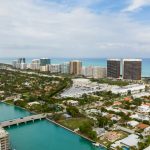
Located at the most eastern point of Jamaica, the Morant Point Lighthouse, the oldest lighthouse on the island, is strongly linked with Africa. Workers who built the original lighthouse in 1841 were among the free Africans who came to the island. Kru men from West African workers came as indentured laborers from Sierra Leone. The Kru were skilled in navigation, and they made their living as fishermen and traders. Because they knew the waters off West Africa, they were often employed as sailors, navigators and interpreters on slave ship and on the British and American warships used to battle the slave trade. During these times, they began the practice of tattooing their foreheads with indigo dye to distinguish themselves as free men and not slaves. Many of the Kru settled in the area around Morant Bay, and the area is known for retaining many African influences in its customs, language, religion and settlement patterns. Free Africans also settled in Westmoreland’s Waterworks, formerly known as Abeokuta, a name indicating that it was settled by the Egba, a branch of the Yoruba. Yoruba people also founded settlements near Duckenfield, St. Thomas. Free Africans who settled in Jamaica included the Bantu-speaking people who lived near Rhine Estates and Springbank in Portland.
Photo Courtesy @coreymus | Instagram




